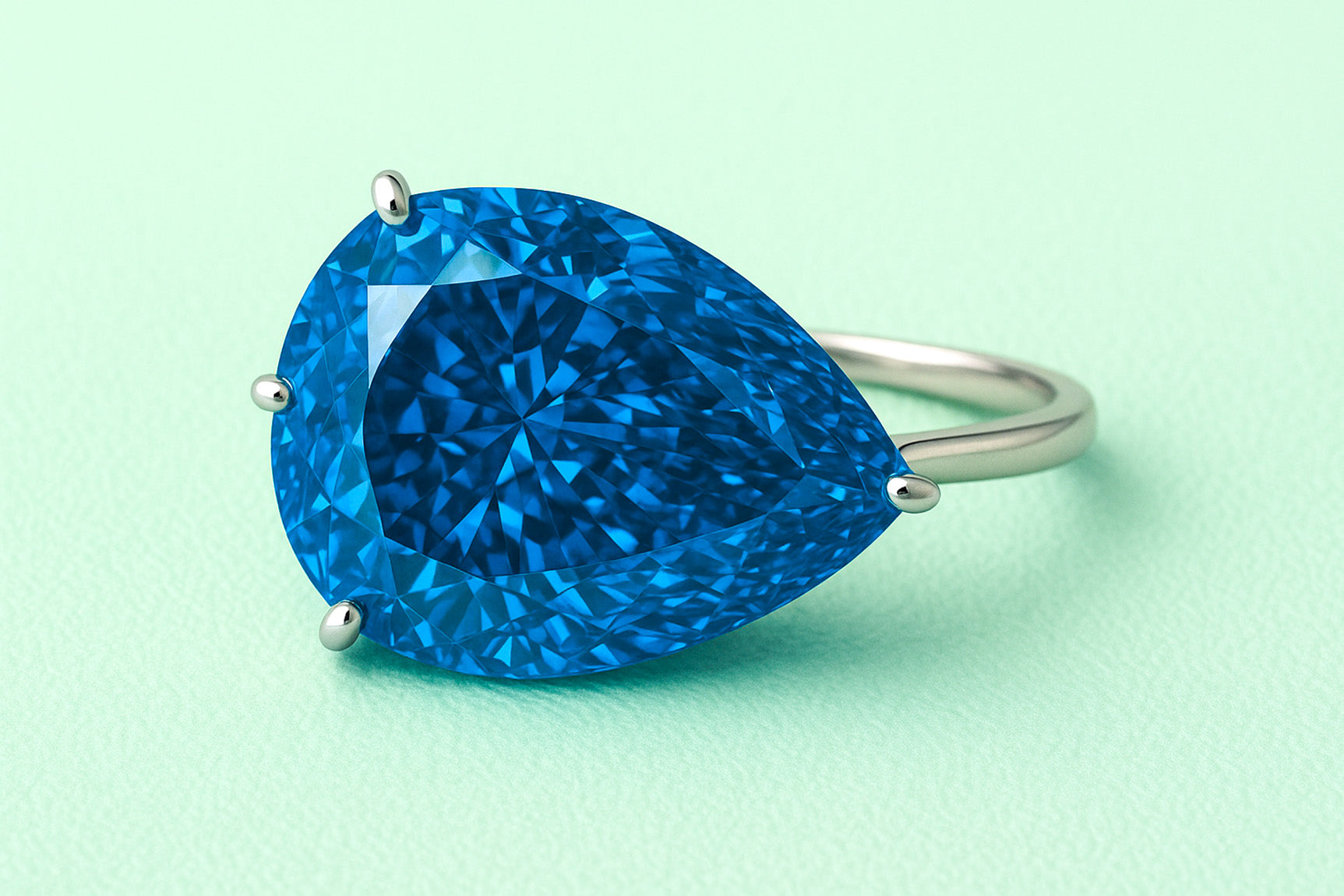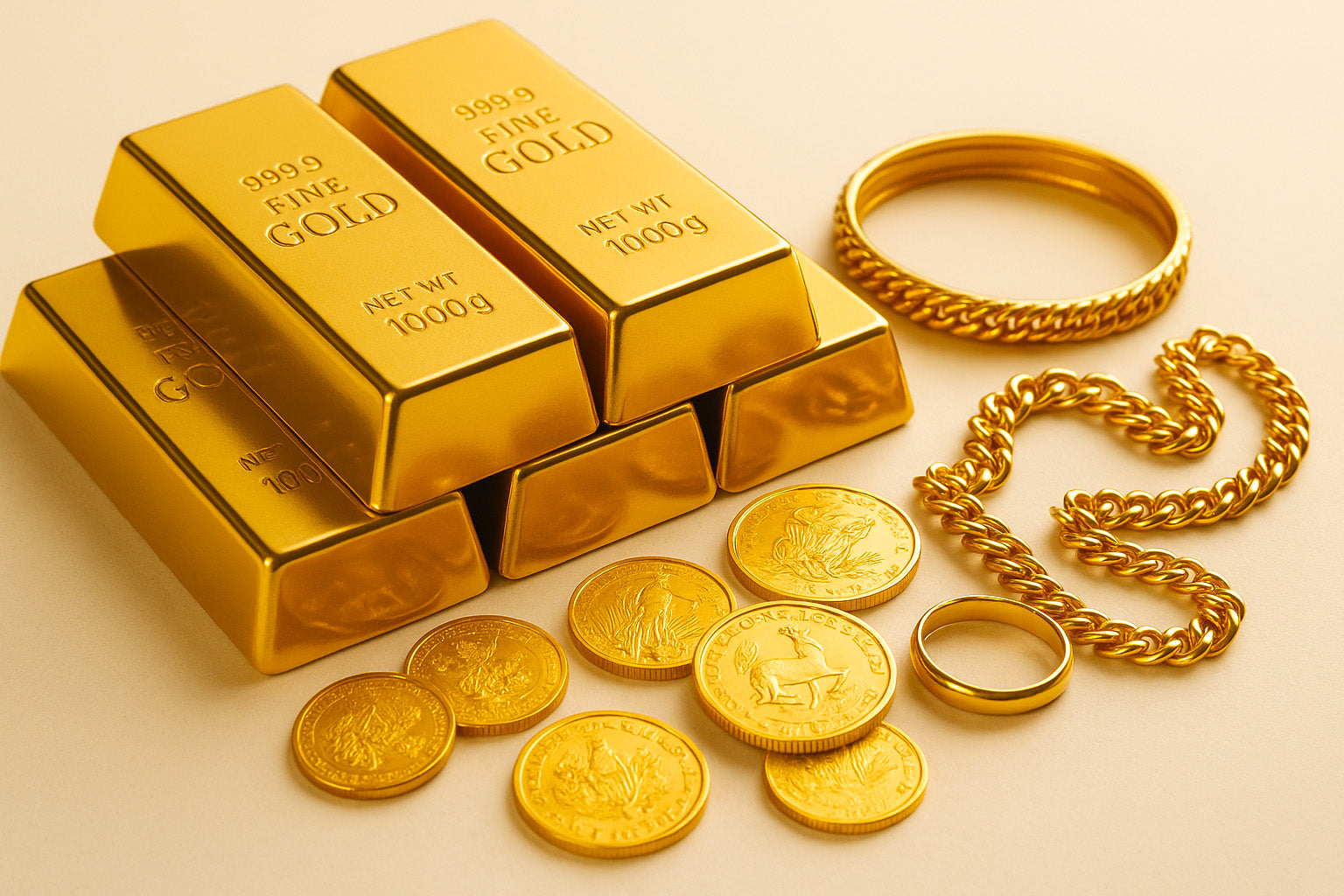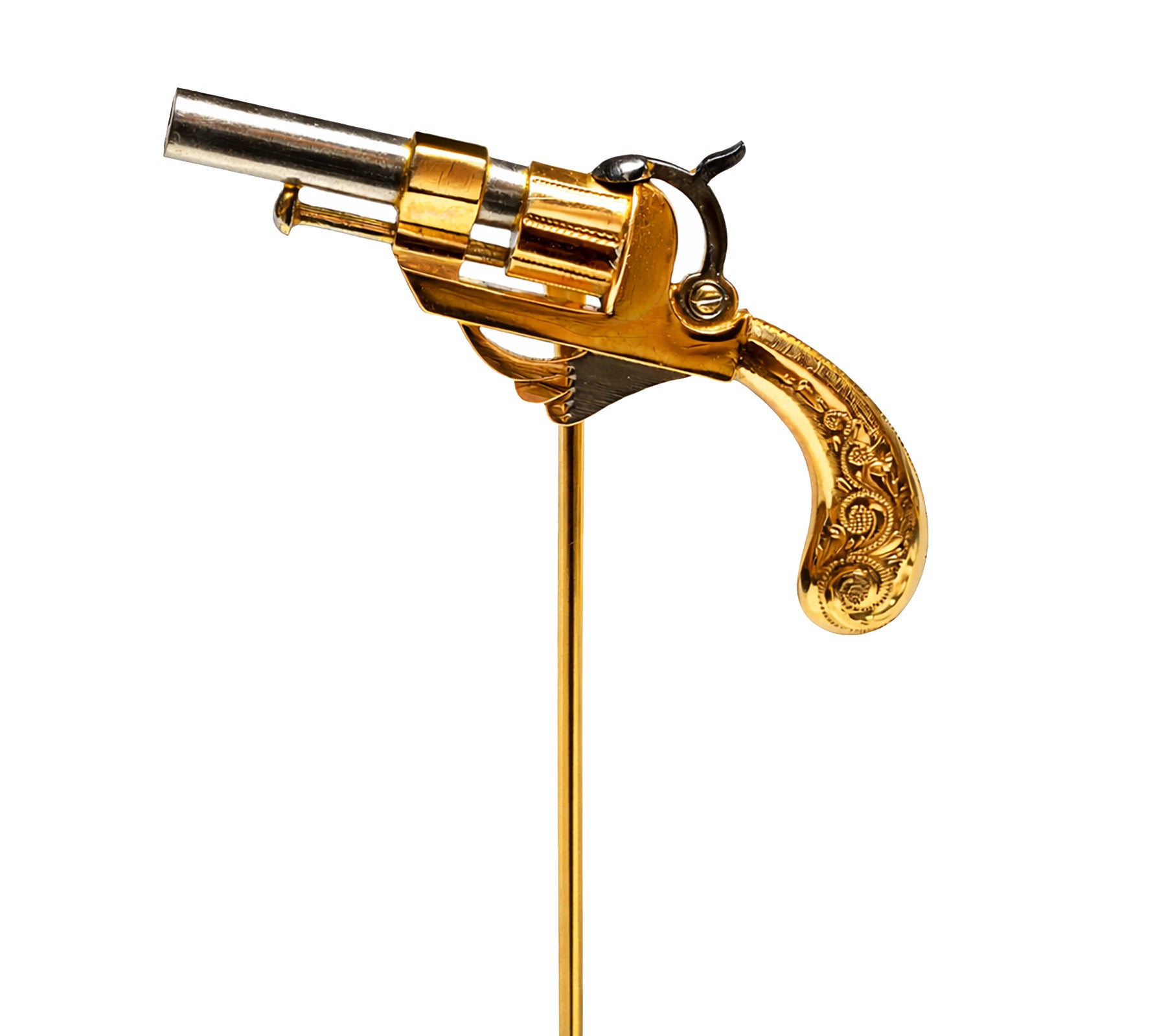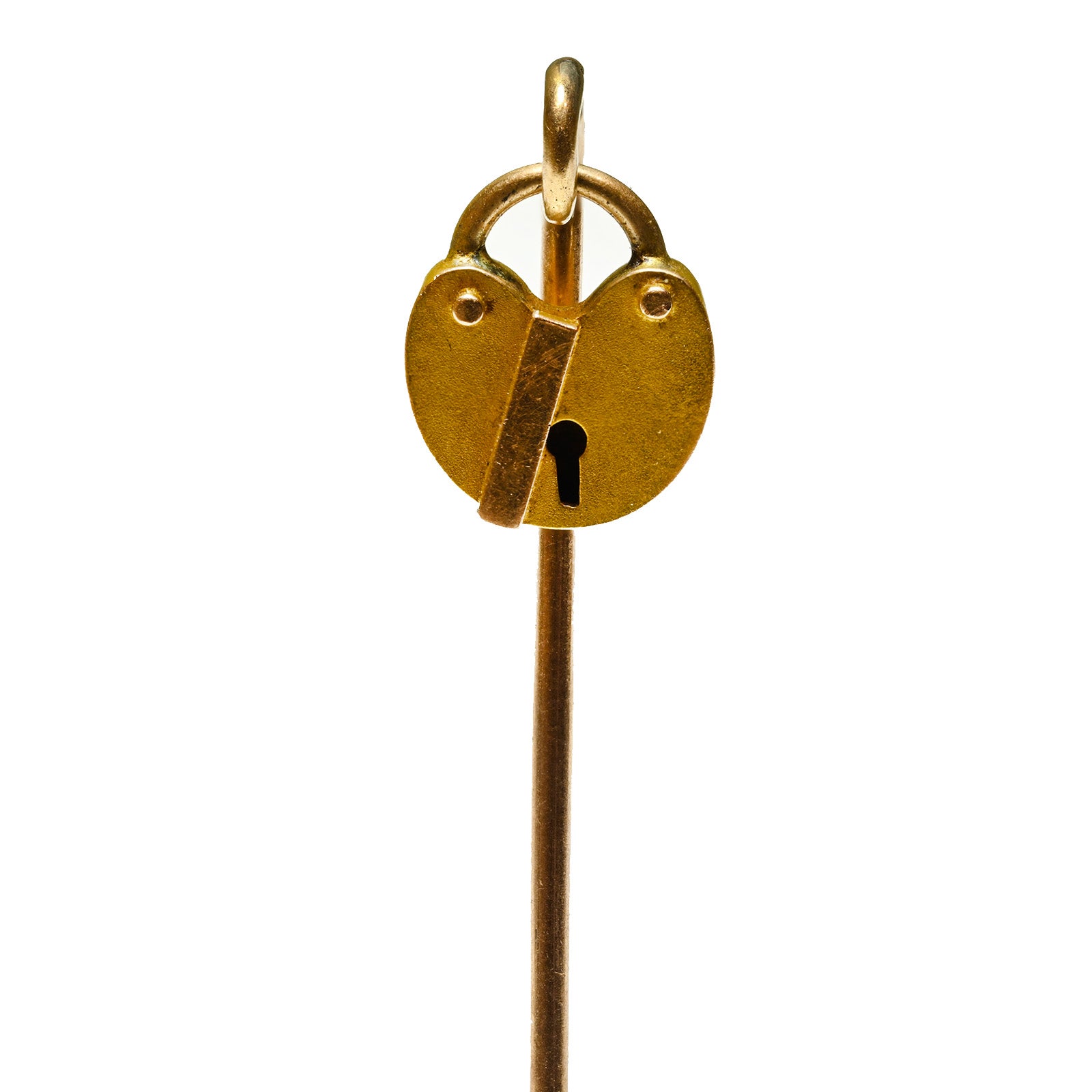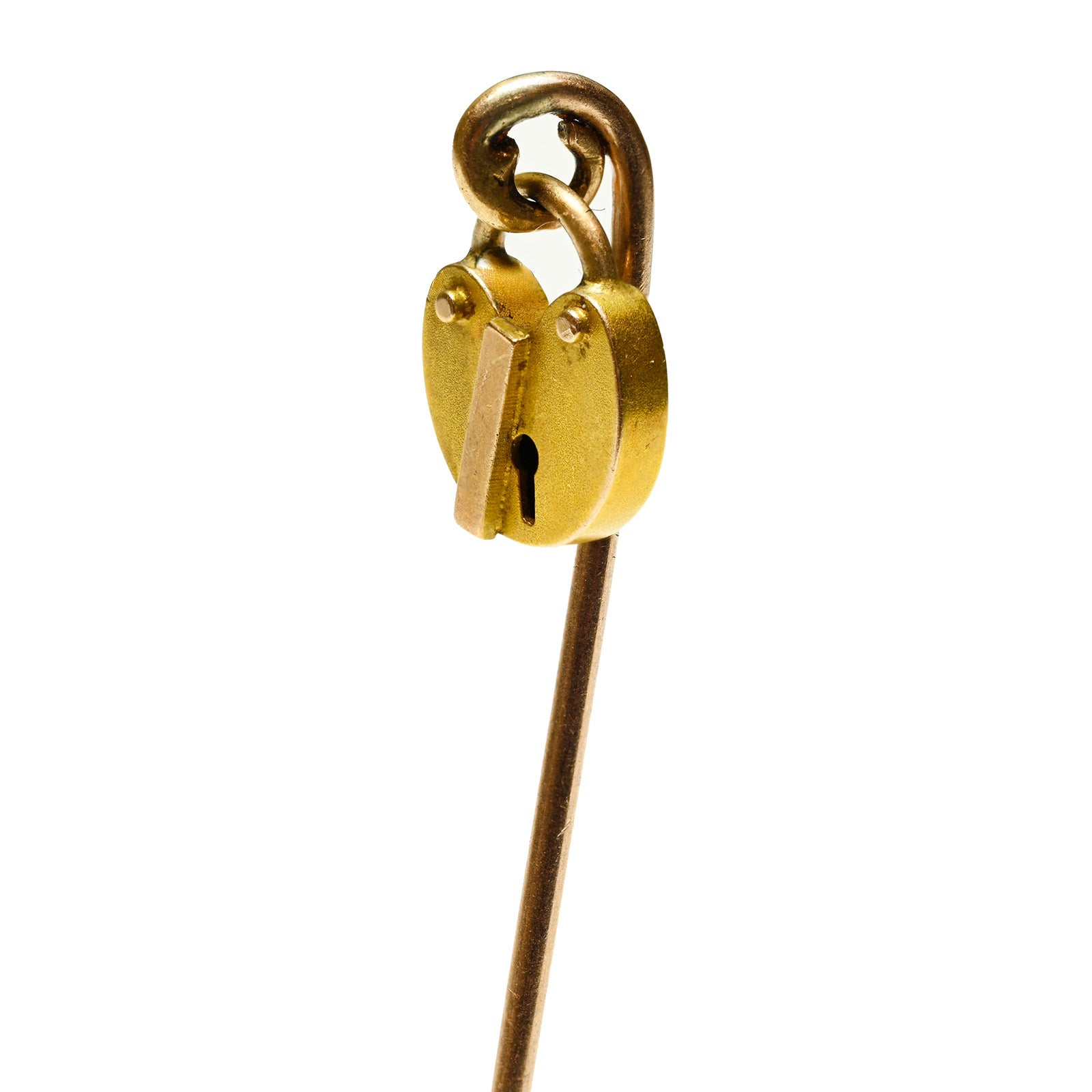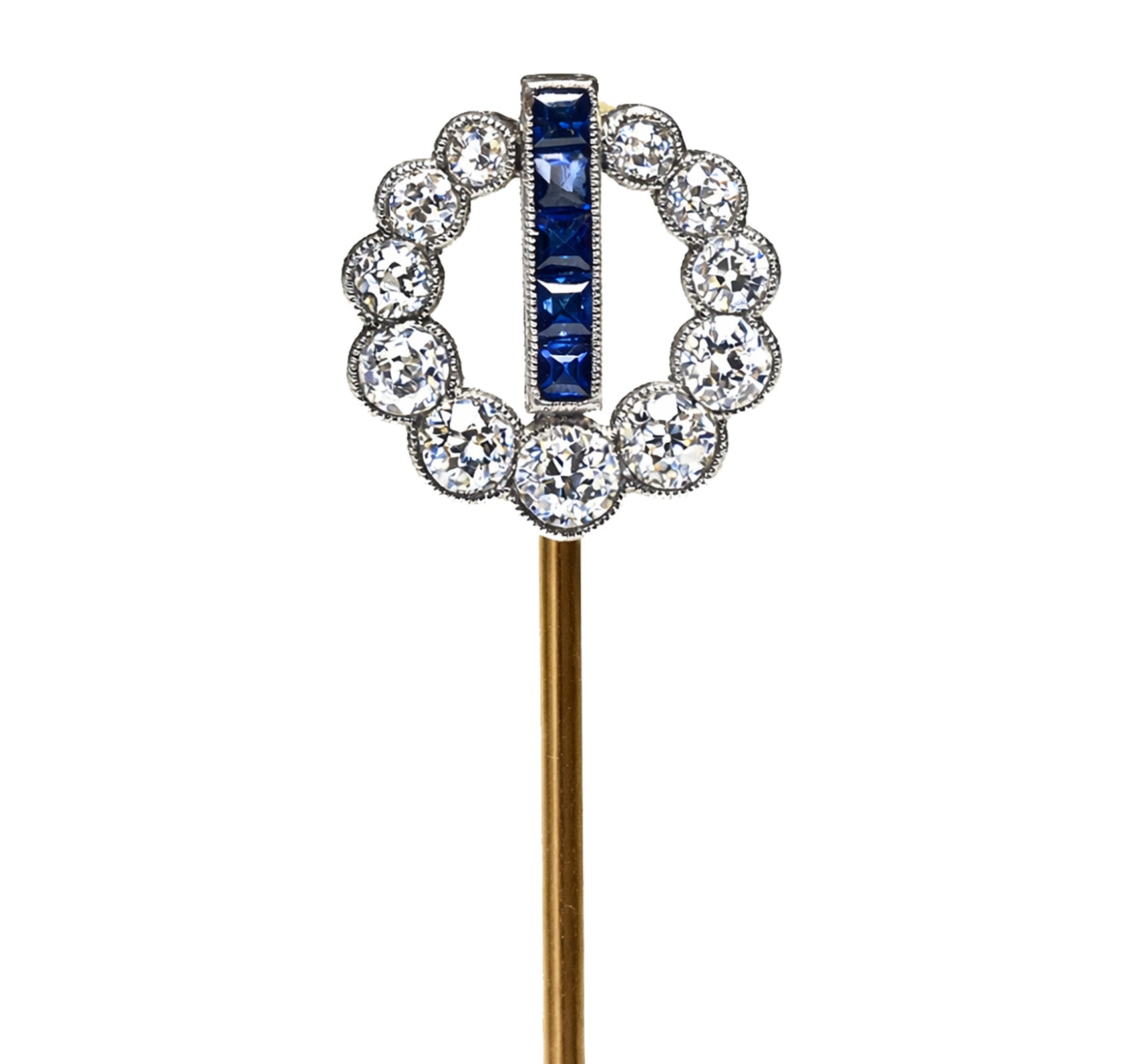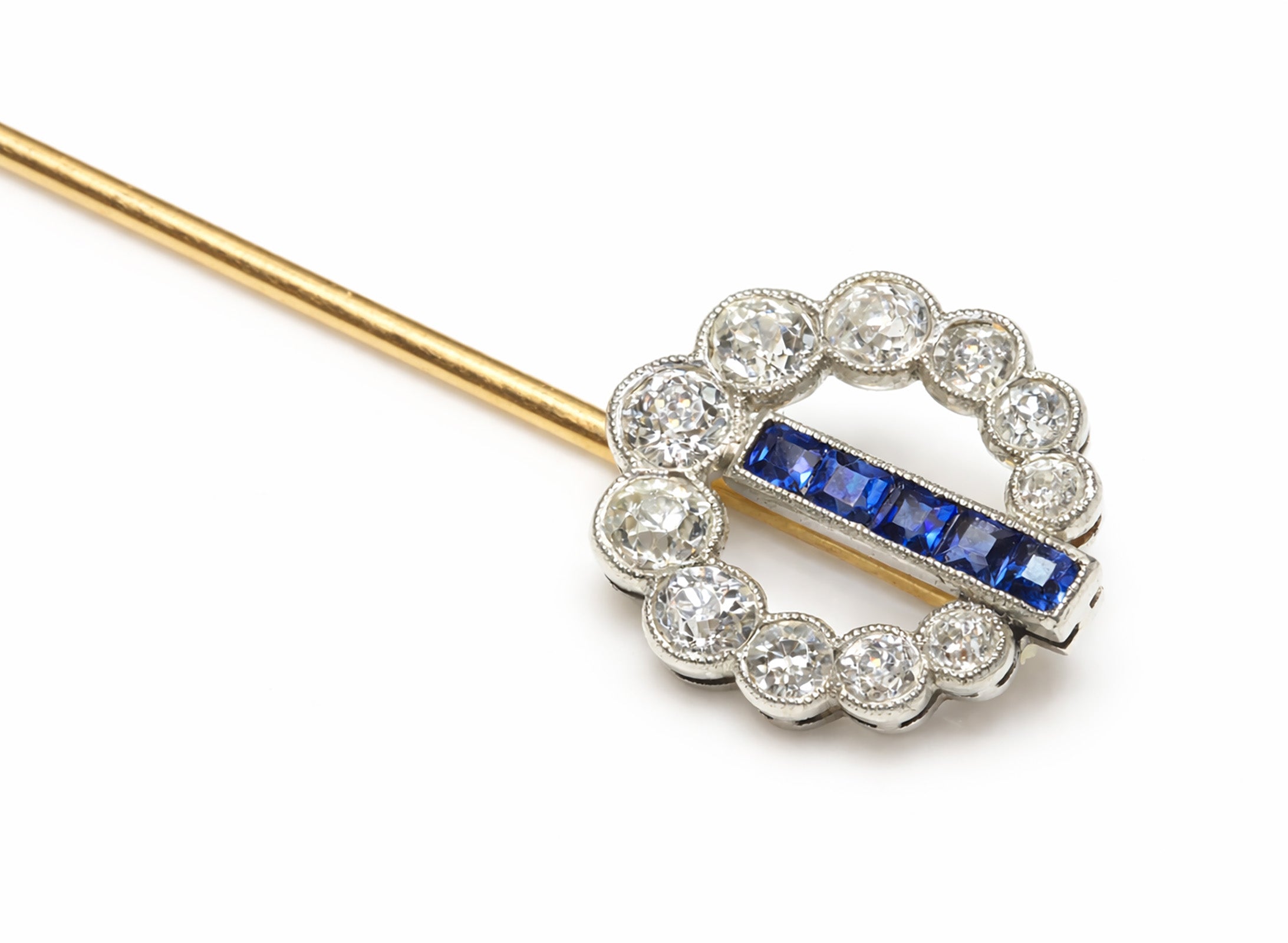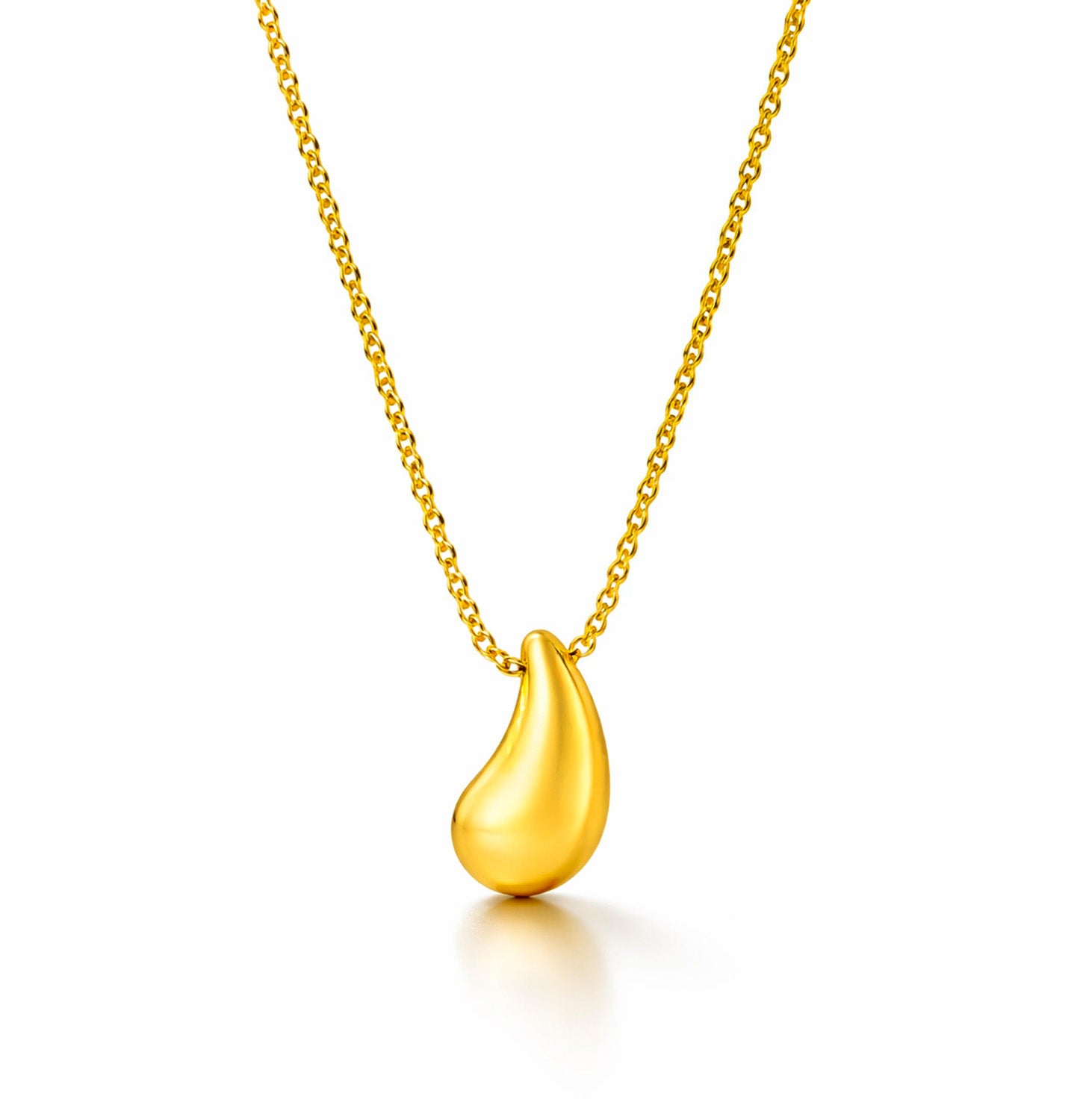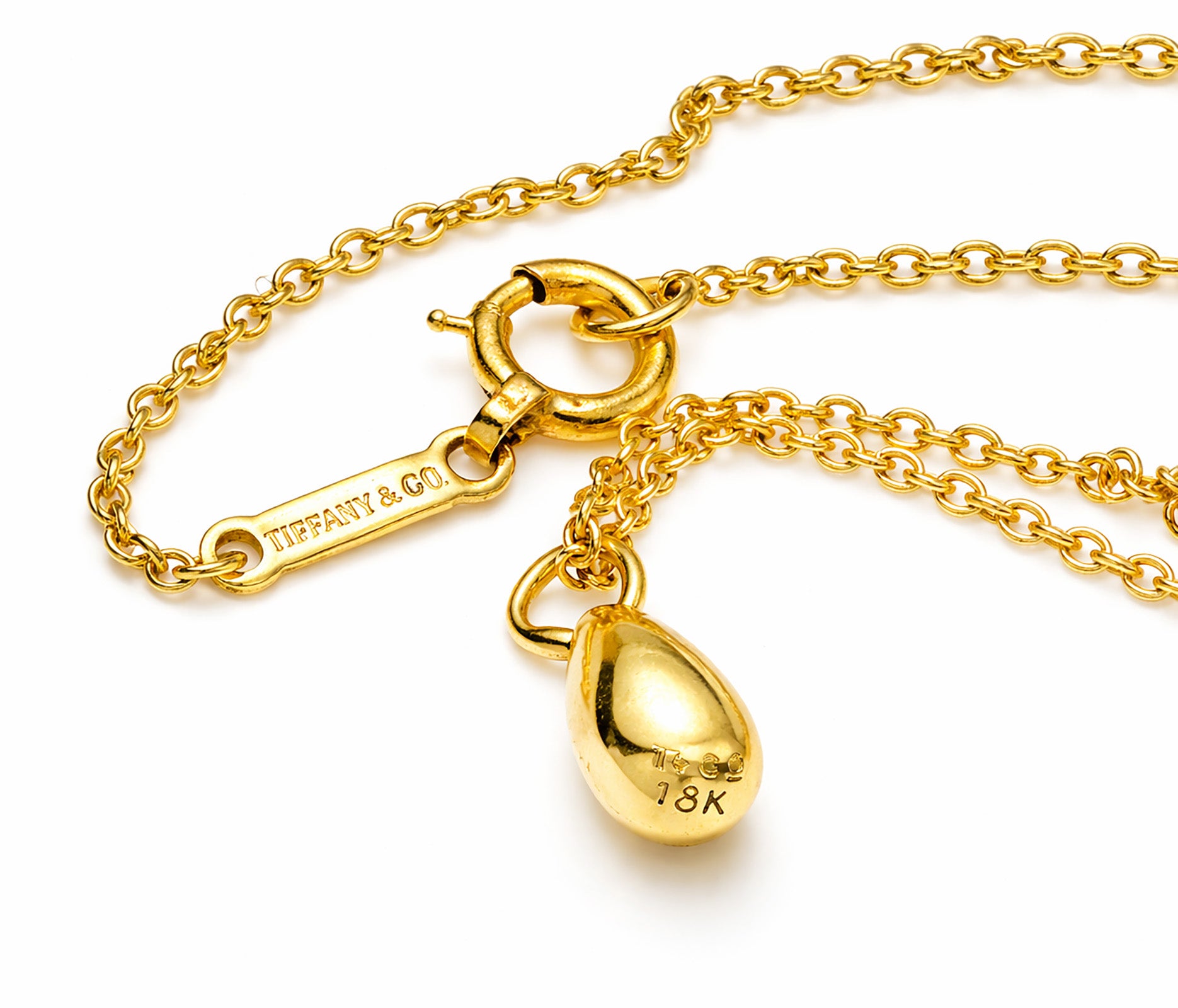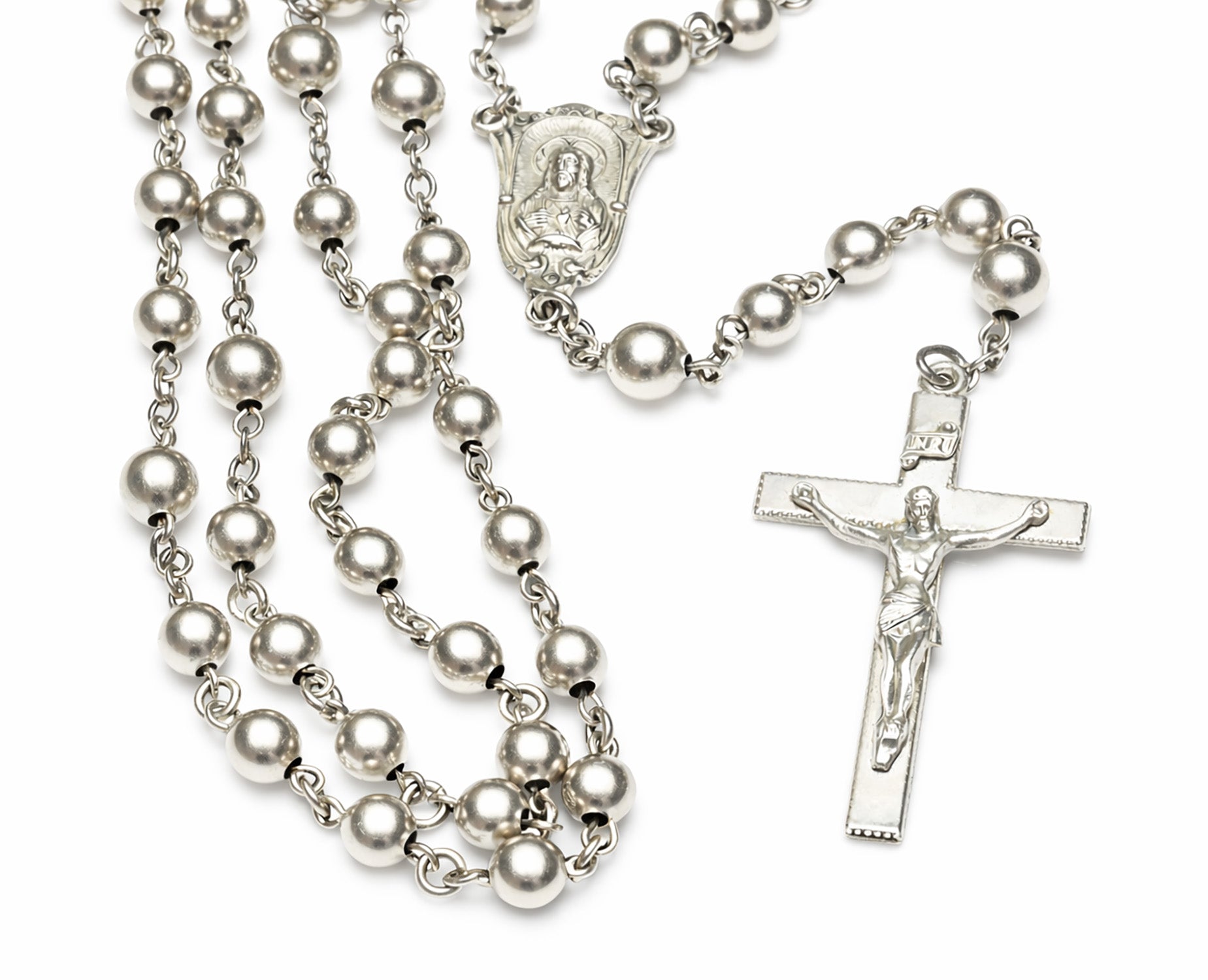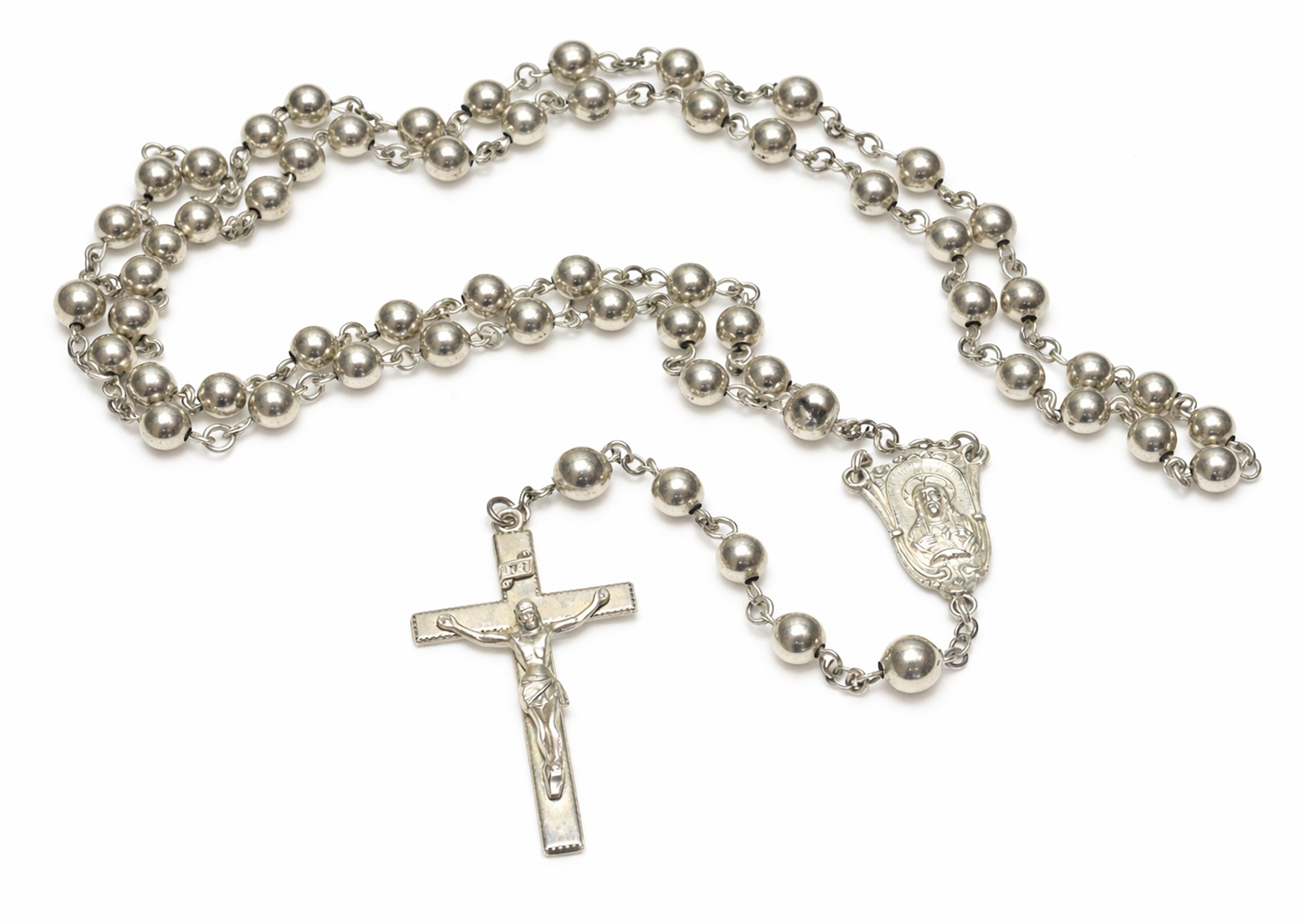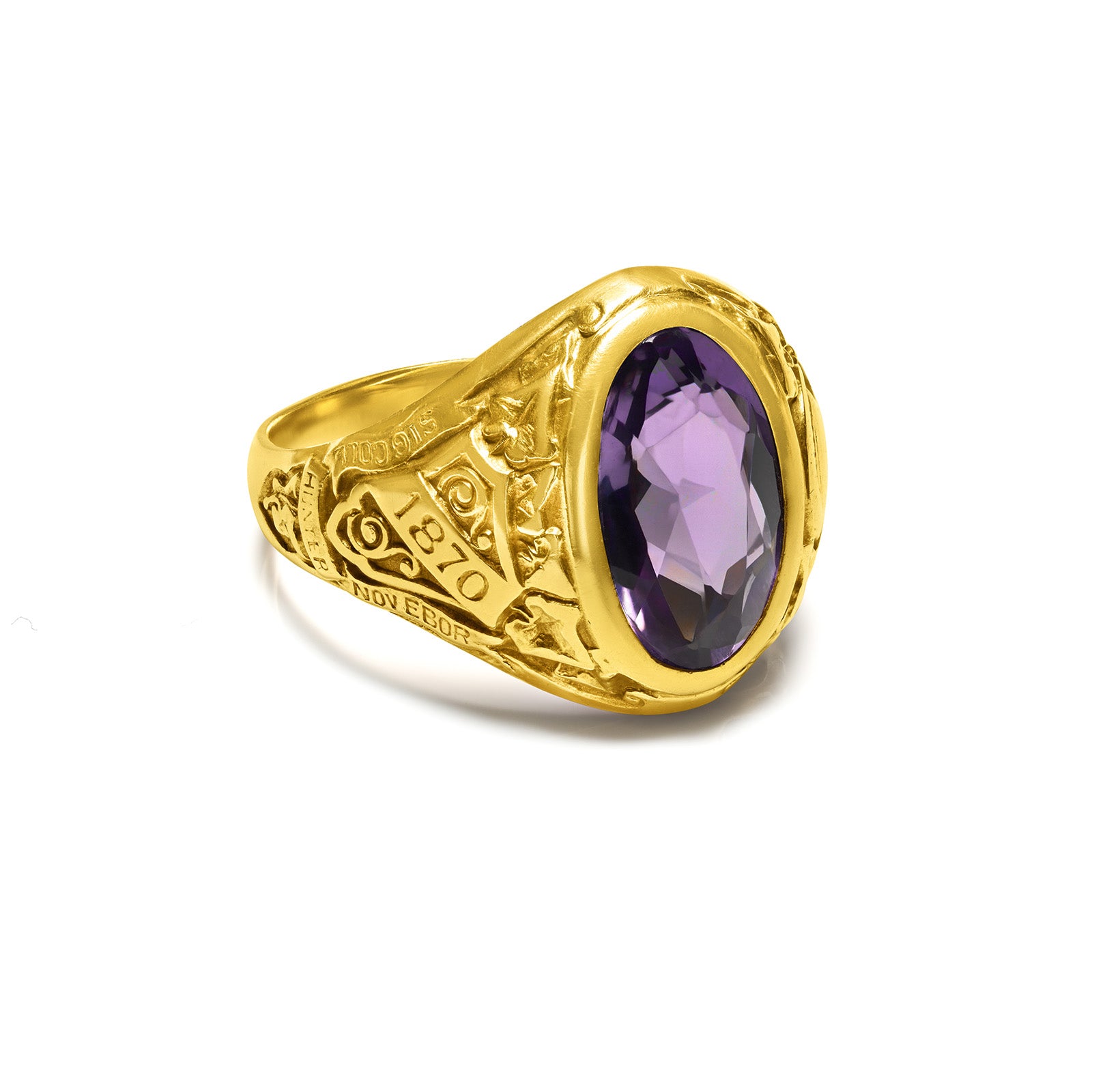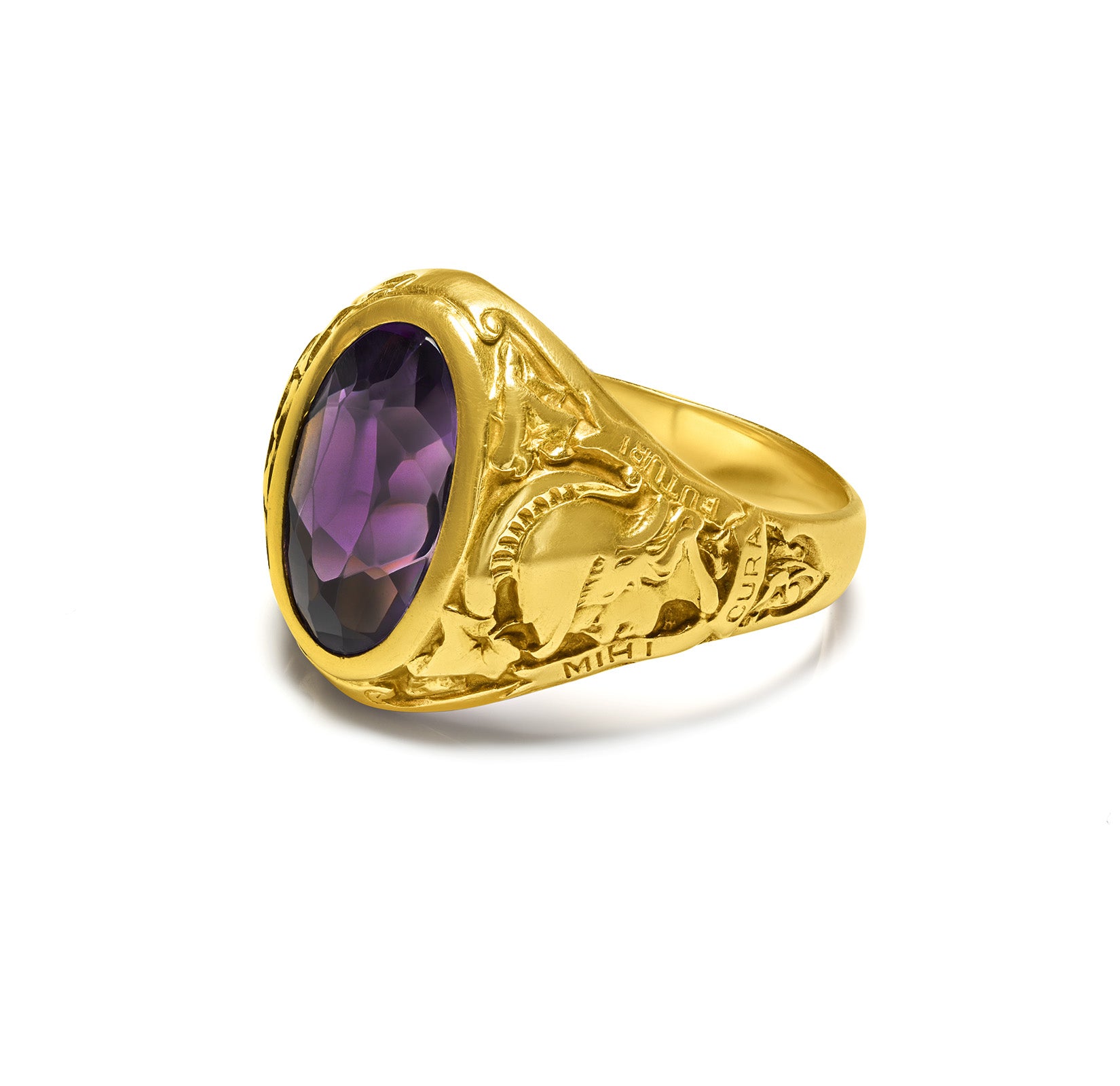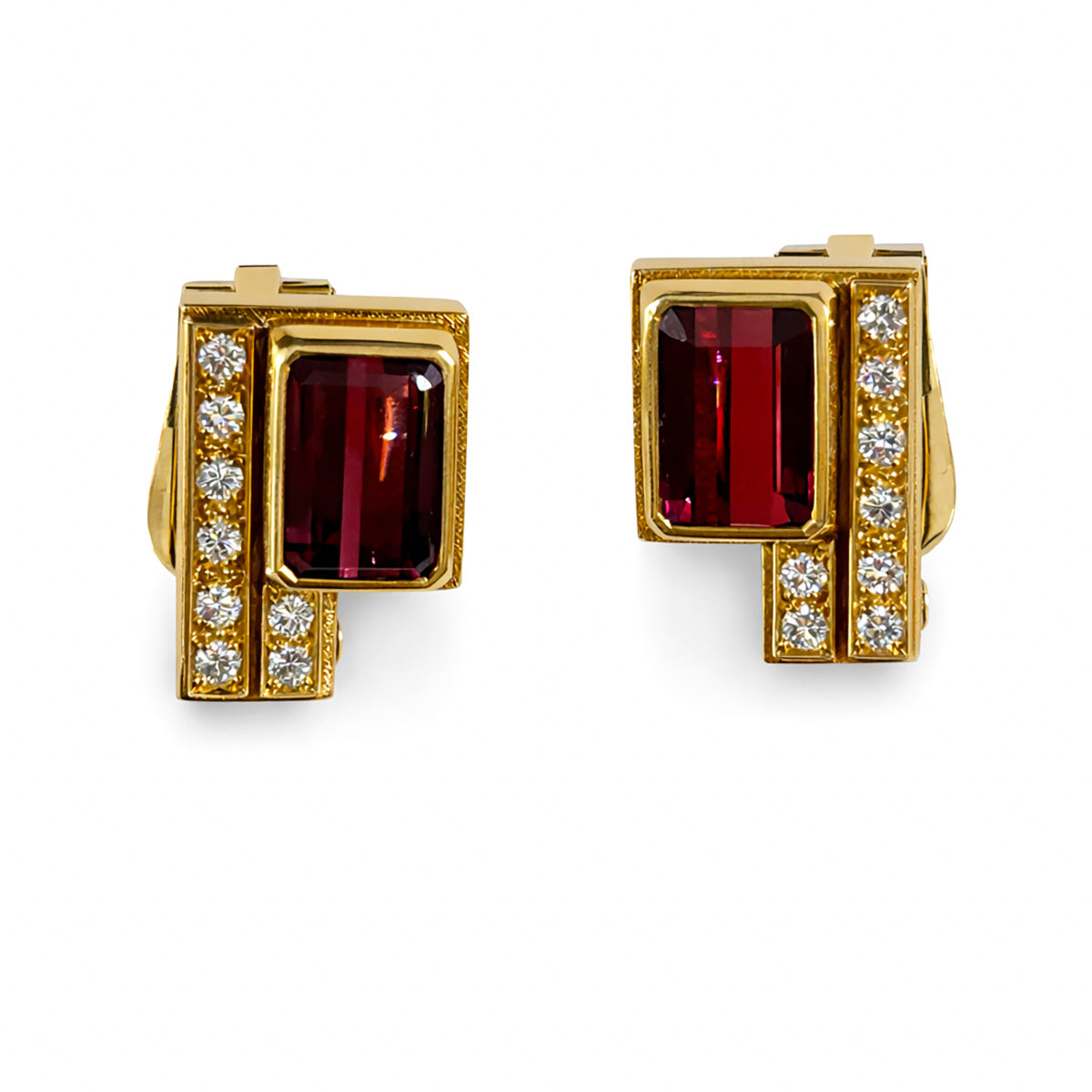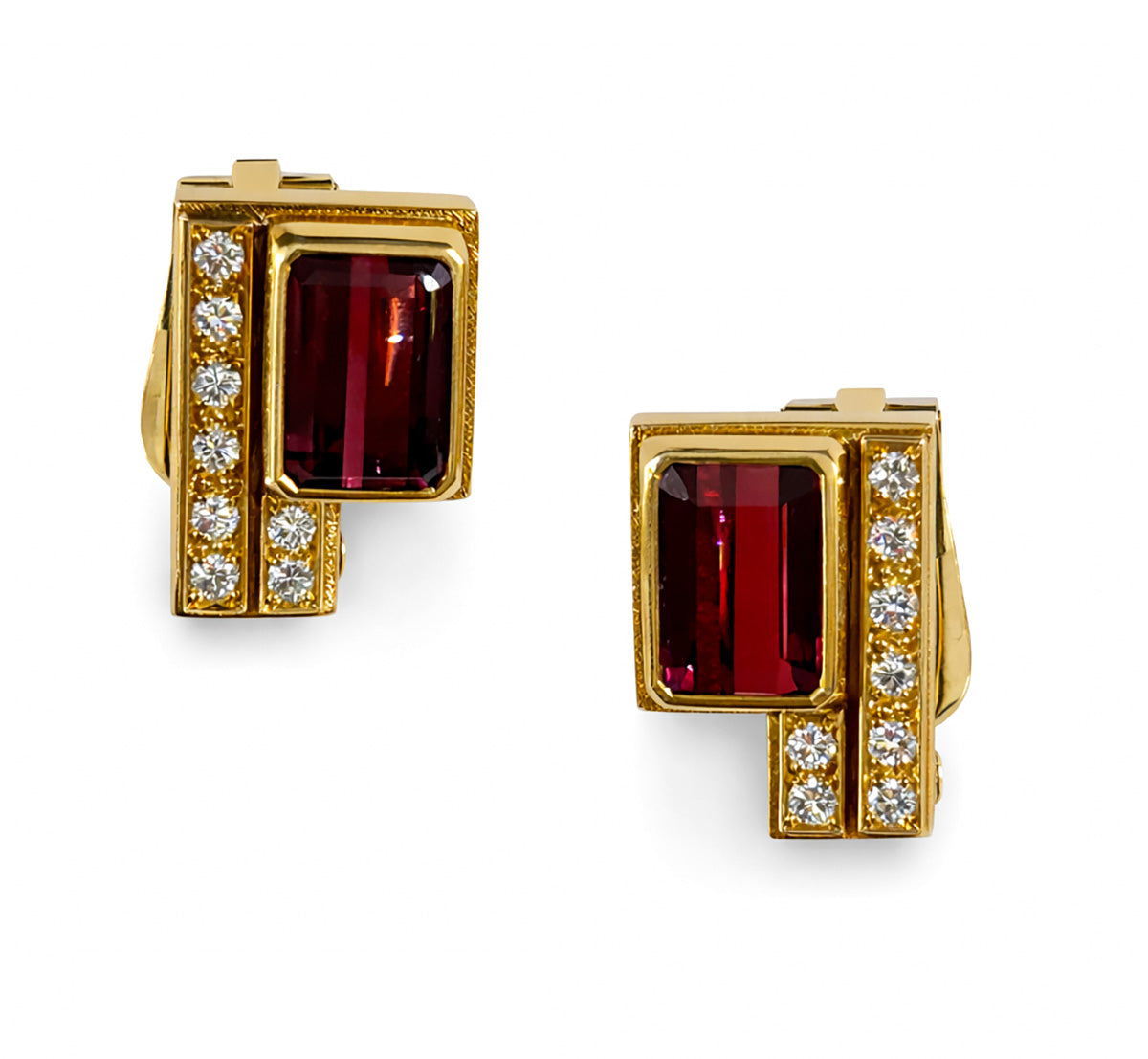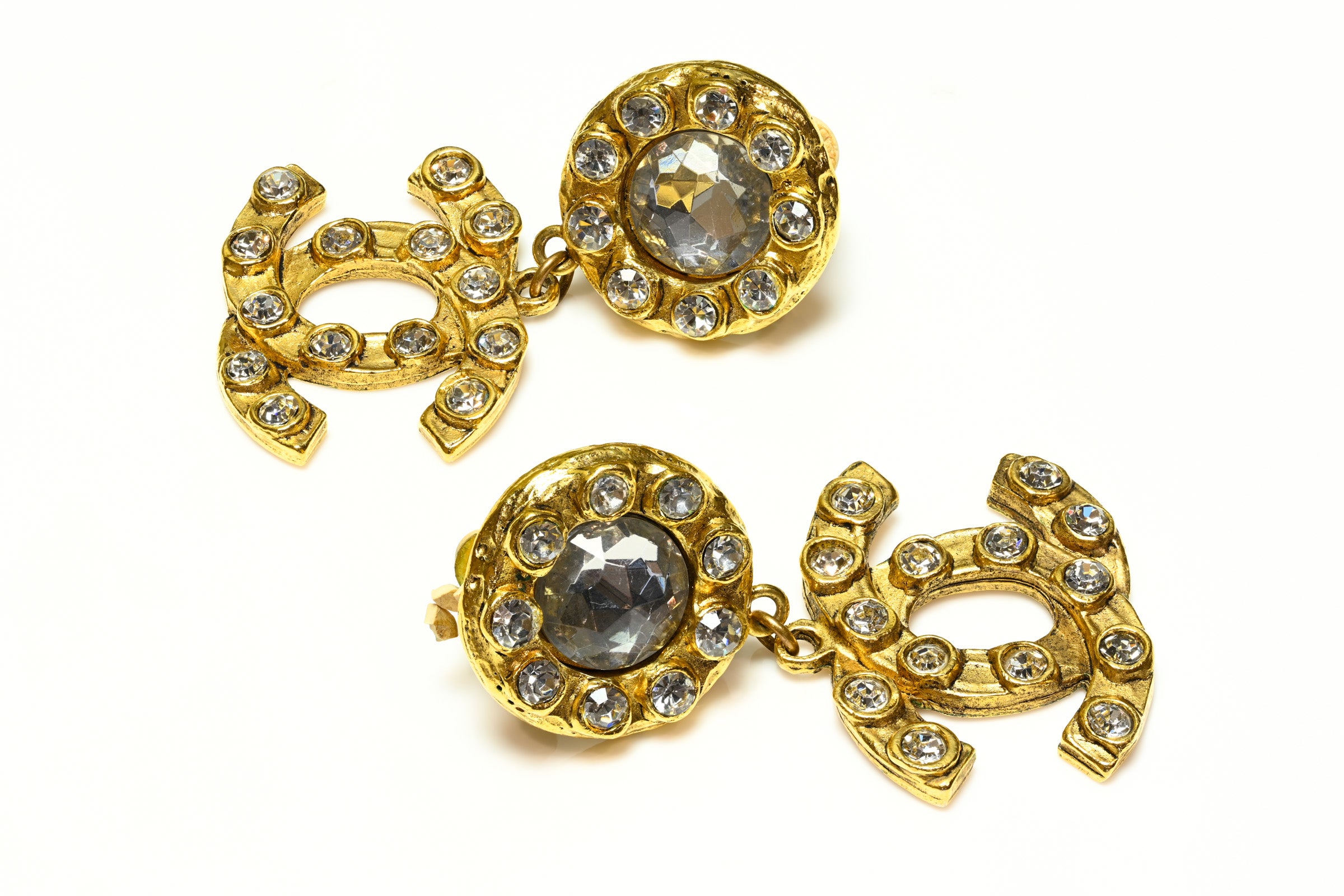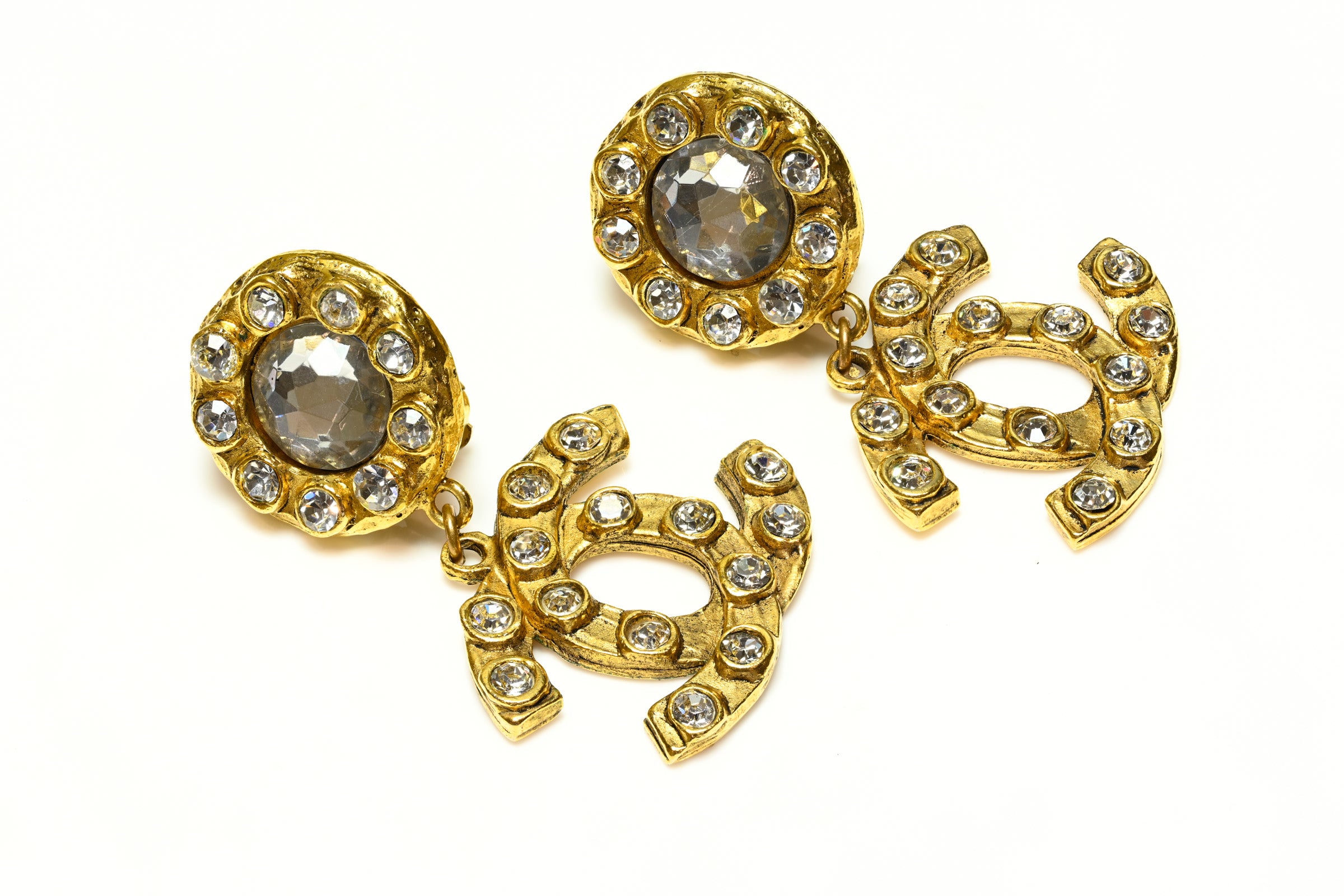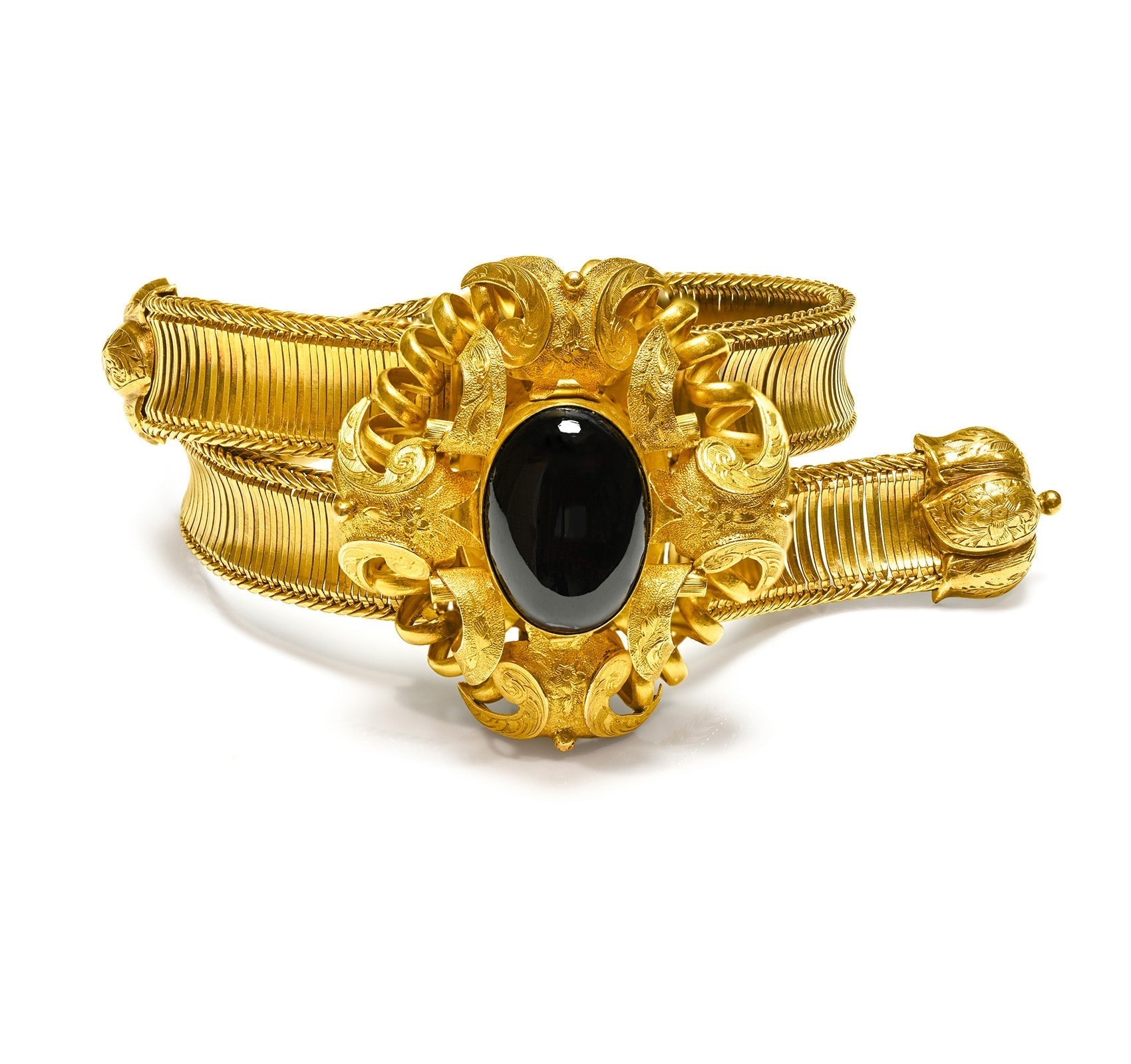
Romantic Period Jewelry: From Sentimental Tokens to Masterpieces in Gold
The Romantic Period, stretching from the late 1830s through the mid-19th century, stands as one of the most evocative eras in the history of jewelry. It coincided with Queen Victoria’s early reign, a time when sentiment, poetry, and personal symbolism infused daily life. Jewelry was not merely decoration; it was an intimate language of love, memory, and devotion.
From lockets containing locks of hair to grand gold bracelets set with glowing garnets, Romantic Period jewelry reflected the deepest emotions of its wearers. The designs were rooted in nature, enriched by personal symbolism, and crafted with techniques that elevated each piece into a work of art. Today, these jewels remain some of the most collectible and meaningful treasures from the 19th century, celebrated for both their artistry and the heartfelt stories they carry.
The Romantic Period in Jewelry History
The Romantic Period is often described as the “age of sentiment” in jewelry. Beginning in the late 1830s, it coincided with the cultural blossoming of Romanticism in literature, music, and art. Themes of nature, memory, and emotion dominated, and jewelry became a tangible extension of these ideals.
Bracelets, lockets, and brooches were exchanged between lovers, children gifted jewels to mothers, and mourning pieces preserved memories of the departed. Unlike the rigid formality of previous eras, Romantic jewelry embraced individuality and intimacy. Every flower motif, serpent coil, or heart-shaped pendant carried symbolic meaning, transforming personal adornment into a form of storytelling.
The bracelet became especially fashionable, often worn in pairs or stacked. Goldsmiths used high-karat gold to produce richly colored pieces, and gemstones such as garnets, turquoise, pearls, and amethysts were set in bold, sentimental designs.
The Language of Sentiment in Romantic Jewelry
Perhaps the most distinctive aspect of Romantic Period jewelry was its reliance on symbolism. Every motif conveyed a message:
-
Hearts: eternal love.
-
Snakes: immortality and eternal bonds.
-
Birds: freedom or messages from the divine.
-
Flowers: coded meanings drawn from Victorian floriography (roses for passion, forget-me-nots for memory).
Even the gemstones themselves carried significance. Garnets symbolized passion and loyalty, turquoise represented protection, pearls evoked purity, and amethysts conveyed piety. Jewelry became an emotional lexicon, allowing wearers to communicate through beauty.
This symbolic language ensured that jewels of the Romantic Period were never impersonal. Each piece was designed to hold meaning, creating heirlooms that passed both sentiment and artistry across generations.
Nature as Inspiration
Nature was a central muse for Romantic designers. Inspired by the lush naturalism of Romantic art and poetry, jewelers created pieces adorned with flowers, leaves, vines, insects, and animals. Goldsmiths mastered the art of translating organic forms into precious metal, often with astonishing delicacy.
For example:
-
Bracelets might feature coiled snakes in high-karat gold.
-
Brooches could take the shape of birds in flight, wings enameled in vibrant hues.
-
Floral sprays were captured in clusters of gemstones, echoing bouquets exchanged between lovers.
The Romantic Period represented a shift away from purely geometric designs toward jewelry that embraced the living world. It marked a desire to connect human emotions with the eternal cycles of nature.
The Garnet: A Gem of the Romantic Spirit
Among the gemstones most beloved in the Romantic Period, garnet stood supreme. With its deep crimson hue, the garnet embodied passion, loyalty, and enduring love. Its fiery glow, particularly when cut en cabochon, made it a favorite for sentimental jewelry.
Bohemian garnets, sourced from Central Europe, flooded the jewelry markets in the mid-19th century. These stones were frequently used in gold bracelets, rings, and parures. When polished into smooth cabochons, garnets displayed a velvety depth that shimmered beautifully in candlelight, enhancing their romantic allure.
For Victorians, a garnet bracelet was not merely an ornament but a statement of devotion. Such pieces became fashionable gifts for engagements, anniversaries, and tokens of remembrance.
Masterpieces in Gold: Craftsmanship of the Romantic Period
Goldsmiths of the Romantic Period elevated craftsmanship to new artistic heights. High-karat gold — often 15K or 18K — was the material of choice, admired for its malleability and rich, warm color. Jewelers employed a variety of advanced techniques, including:
-
Repoussé: hammering from the reverse side to raise designs.
-
Chasing and engraving: adding delicate patterns or inscriptions.
-
Granulation: adorning surfaces with tiny gold beads.
-
Enameling: adding vibrant, symbolic colors.
Bracelets often combined multiple techniques, resulting in jewels that were both intricate and robust. Hinged gold bangles, repoussé cuffs, and elaborate link bracelets adorned with cabochon garnets or turquoise became highly prized.
These works demonstrated that Romantic Period jewelry was not only sentimental but also technically masterful — true “masterpieces in gold.”
Jewelry and Society in the Romantic Era
Jewelry in this period was deeply interwoven with social rituals. Courtship, marriage, motherhood, and mourning all found expression in adornment.
-
Courtship and Marriage: Lovers exchanged rings, lockets, and bracelets. Engagement rings often featured snakes or garnets, while wedding bands carried personal inscriptions.
-
Motherhood: Children gifted jewels, often engraved with initials or featuring birthstones.
-
Mourning: Black enamel, pearls (symbolizing tears), and hairwork were incorporated into somber yet beautiful memorial jewels.
Queen Victoria’s personal style influenced trends across Europe. Her engagement ring, a serpent motif, sparked widespread fascination with snake jewelry. Her fondness for colored stones and sentimental designs encouraged their popularity among the aristocracy and middle class alike.
From Tokens to Parures: The Range of Romantic Jewelry
Romantic jewelry ranged from simple, intimate tokens to grand parures — full sets of matching jewels.
-
Tokens of Affection: Small rings, lockets, or bracelets gifted between loved ones, often engraved with initials or mottos.
-
Parures: Luxurious sets of matching necklaces, bracelets, earrings, and brooches, designed for aristocratic women attending balls and court events.
-
Bracelets: Among the most fashionable forms, frequently worn in pairs. Garnet and turquoise were particularly favored.
This diversity reflects the era’s blending of personal intimacy with outward display, where jewelry was at once private and public, symbolic and ornamental.
Identifying Authentic Romantic Period Jewelry
For collectors today, recognizing authentic Romantic Period pieces is vital. Hallmarks, materials, and craftsmanship provide important clues.
-
Hallmarks: Look for assay marks confirming origin and purity (British, French, and Austro-Hungarian marks are common).
-
Gold Purity: Most Romantic jewelry is 15K or 18K gold, though some continental pieces may be higher.
-
Gem Cuts: Cabochons and rose cuts were prevalent. Brilliant cuts were less common until later.
-
Craftsmanship: Hand-finished details, hinged clasps, and repoussé surfaces indicate authenticity.
-
Wear and Patina: Genuine pieces show natural signs of age, unlike reproductions.
These identifiers help collectors separate original Romantic jewels from later reproductions or inspired designs.
Investment Value of Romantic Period Jewelry
Romantic Period jewelry is increasingly sought after in today’s market. Collectors appreciate not only its beauty but also its rarity and historical significance.
Factors enhancing investment value include:
-
Condition: Well-preserved pieces, especially with original settings, are highly desirable.
-
Provenance: Jewelry with known historical ownership commands premium prices.
-
Craftsmanship: Unique or elaborate goldwork increases value.
-
Gemstones: Garnets, turquoise, and pearls in excellent condition enhance collectibility.
Auction houses frequently feature Romantic Period pieces, with bracelets and parures achieving strong results. For modern buyers, these jewels represent both wearable history and appreciating assets.
Caring for Romantic Jewelry Today
Proper care ensures that Romantic jewelry continues to enchant for generations.
-
Cleaning: Use gentle methods — warm water, mild soap, and a soft cloth. Avoid ultrasonic cleaners.
-
Storage: Keep pieces separate to prevent scratches, especially garnets, which are softer than diamonds.
-
Maintenance: Have clasps, hinges, and settings checked regularly by a trusted jeweler.
Caring for these jewels is more than preservation — it is stewardship of history, ensuring that 19th-century craftsmanship endures into the future.
A Legacy of Love and Craft
Romantic Period jewelry is a mirror of its age: deeply emotional, inspired by nature, and executed with extraordinary artistry. From modest sentimental tokens to dazzling masterpieces in gold, these jewels embody the values and passions of the 19th century.
A gold bracelet set with cabochon garnets, a turquoise-studded snake ring, or a locket containing a lover’s portrait — each piece is both a jewel and a story. For today’s collectors, these treasures offer a way to hold history in their hands, to wear the emotions of another age, and to preserve artistry that is as relevant now as it was nearly two centuries ago.
At DSF Antique Jewelry, we honor the Romantic Period’s legacy by curating jewels that exemplify its beauty, sentiment, and craftsmanship. Each piece connects us to a time when jewelry was more than adornment — it was an expression of love, memory, and timeless artistry.







